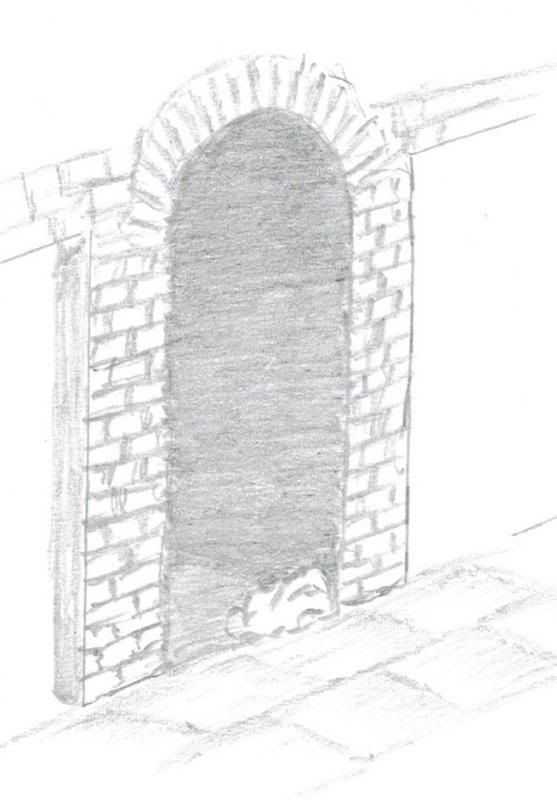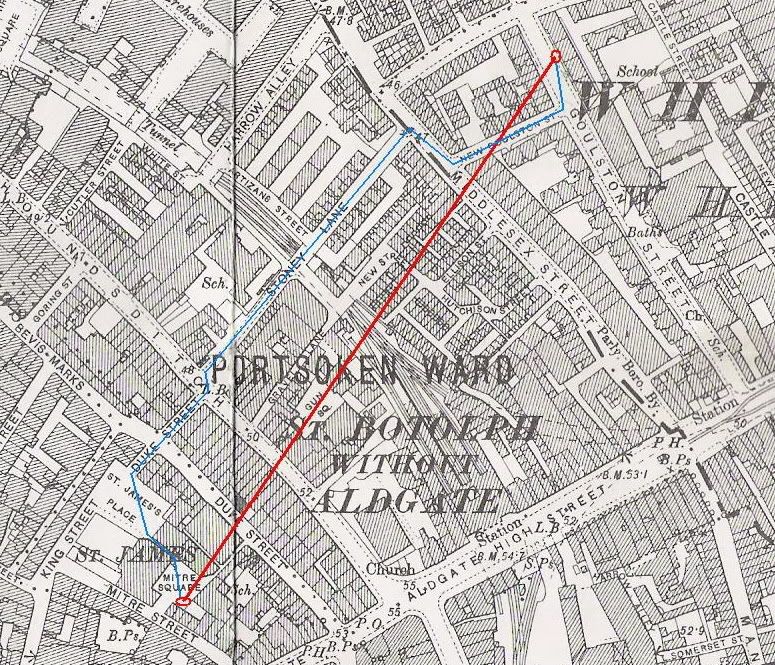Originally posted by Wickerman
View Post
Two inches further in?
Four and a half?
Five feet?
I donīt think anyone who hears "it was lying in the passage to Millerīs Court" would have said, "Well, then it canīt be this rag, since it is not". So obviously, there is some obscure difference between "in" and "inside"...?
All the best,
Fisherman



 [/URL]
[/URL]
Leave a comment: